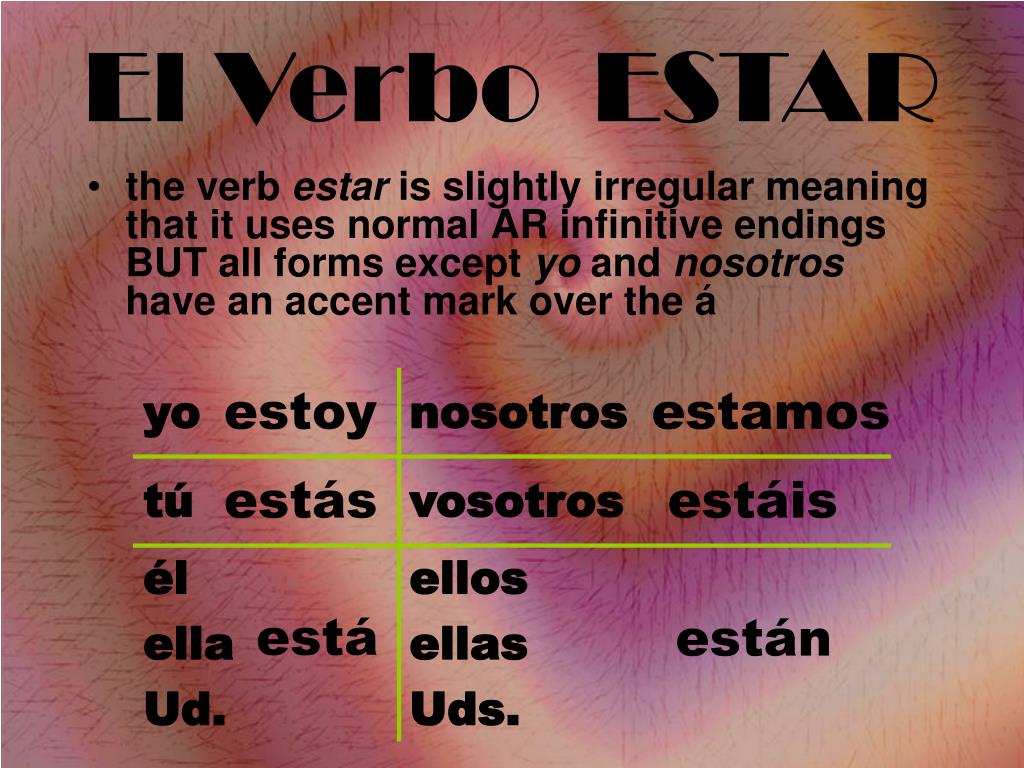

tomar ( tom-ar) – to take – (stress the “ a”).la capital ( cap-i-tal) – the capitol – (stress the second “ a”).Words with a stress on the last syllable are called “palabras agudas.” When words end in a consonant that isn’t “n” or “s” and the words don’t contain an accent mark, the stress falls on the last syllable. hablas ( hab-las) – you talk – (stress the first “ a”) Rule #3:.ponen ( pon-en) – they put – (stress the “ o”).bonito ( bon-i-to) – pretty – (stress the “ i”).gente ( gen-te) – people – (stress the first “ e”).


Words with a stress on the second to last syllable are called “palabras llanas.” When words end in a vowel, “n,” or “s,” and don’t contain an accent mark, the stress falls on the second to last syllable. In English, a “tilde” refers to the “mustache” that goes over the “n” (ñ), and all other marks are called “accent marks.” However in Spanish, a “tilde” is used for both accent marks and tildes.Īccent marks are only used with five vowels (a, e, i, o, u), and they’re written from lower left to upper right on top: Spanish accents are called “tildes” in Spanish. Now, let’s establish some simple rules… 4 Rules for Spanish Accent Marks Rule #1: If a word DOES contain an accent mark, that mark tells us exactly which letter to put a stress on when we say it aloud.įor comprehension, an accent mark can tell us the differences between two words that sound the same but are spelled differently. It makes Spanish pronunciation and comprehension that much easier.įor pronunciation, if a word does not contain an accent mark, it follows the simple rules below (Rules 2 and 3).
E with an accent mark in web forms how to#
If you understand Spanish accents, you’ll not only impress native speakers, but you’ll also know how to pronounce words precisely, and you won’t be confused when you come across a written word with an accent.Īn accent mark shows you exactly how a word is supposed to be pronounced, and often times, it even shows you what that word means. Why You Should Learn Spanish Accent Marks Understanding Spanish accent marks enables you to appreciate one of the many beautiful aspects of Spanish that makes it unique. The good news is that they’re easier to learn than they seem. This isn’t true, and ignoring them only hinders your learning. Beginners often assume that their word processor will help automatically place them when typing in Spanish and that accent marks and rules aren’t mandatory to fully understand Spanish. They don’t know what they mean, or know how to use them correctly. Most beginners ignore accent marks when they appear while learning Spanish. In this article, you’ll learn all about Spanish accent marks and when to use them… Of course, if you're limiting yourself to French, you could probably get away with the simple table-based approach in How to remove accents and tilde in a C++ std::string, as recommended by Dibben.4 Quick & Simple Rules for Using Spanish Accent MarksĪs you learn Spanish, you’ll come across rules that are important for writing. It's just a little complicated, but really you're looking at a complicated problem. The approach uses String.Normalize to split the input string into constituent glyphs (basically separating the "base" characters from the diacritics) and then scans the result and retains only the base characters.

Note that this is a followup to his earlier post: Stripping diacritics. If (unicodeCategory != UnicodeCategory.NonSpacingMark) Var unicodeCategory = CharUnicodeInfo.GetUnicodeCategory(c) Var stringBuilder = new StringBuilder(capacity: normalizedString.Length) įor (int i = 0 i < normalizedString.Length i++) Var normalizedString = text.Normalize(NormalizationForm.FormD) Others) static string RemoveDiacritics(string text) I've not used this method, but Michael Kaplan describes a method for doing so in his blog post (with a confusing title) that talks about stripping diacritics: Stripping is an interesting job (aka


 0 kommentar(er)
0 kommentar(er)
